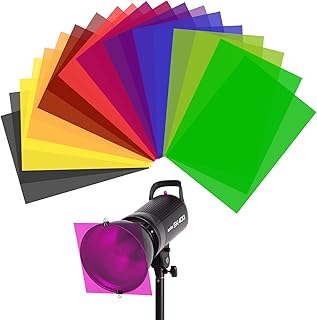In the realm of light dosimetry, GAFchromic EBT films have garnered attention for their bidimensional detection capabilities and ease of use, particularly in response to UV-blue light. While these films have been extensively studied for their response to radiation intensity, there is a scarcity of research on their spatial resolution, especially in applications with small field-of-view requirements.
Historically, GAFchromic films have been a standard for gamma and X-ray dosimetry due to their sensitivity across a wide range of wavelengths. These films have found applications in various fields, including X-ray/gamma-ray dosimetry, small field dosimetry, and microbeam profiling. In recent years, there has been a growing interest in utilizing GAFchromic films for UV and visible light dosimetry, with models like EBT2 and EBT3 showing responses to UVA, UVB, and UVC radiation.
The study reported in this article delves into the spatial lateral resolution and contrast reproduction of GAFchromic EBT2 and EBT3 models when irradiated with a 405 nm laser source or 365 nm LED. The research employed a confocal microscope setup to read the film response at various wavelengths, revealing a measured lateral resolution ranging from 8 to 33 μm. The film’s ability to reproduce contrast across different spatial frequencies was evaluated, showcasing a dependency on irradiation conditions and reading wavelength.
These findings affirm the film’s capability to detect and resolve light intensity variations with a resolution of approximately 10 μm, making them suitable for applications such as micro-beam profiling and light dosimetry. The study also highlights the importance of characterizing the spatial resolution of GAFchromic films for accurate interpretation of imaging data, especially in high-resolution beam profiling and small field dosimetry applications.
The research not only provides valuable insights into the performance of GAFchromic films in UV-blue light dosimetry but also opens up avenues for further exploration in the field of optical microscopy and light-based therapies. The potential applications of these films in antimicrobial phototherapy, regenerative medicine, and beam profiling underscore their relevance in advancing research and technology in various domains.
📰 Related Articles
- Appeal Reversal Sheds Light on Cybersquatting Dispute Resolution
- WILL: Follow The Light Promises Immersive Adventure on Multiple Platforms
- Vietnam’s Decree 147 Enhances Domain Name Dispute Resolution
- Unveiling 1980s Cinema Gems: Exploring the Bizarre World of Cult Crime Films
- Unearthed ’70s Films Illuminate Australia’s Cultural Evolution






